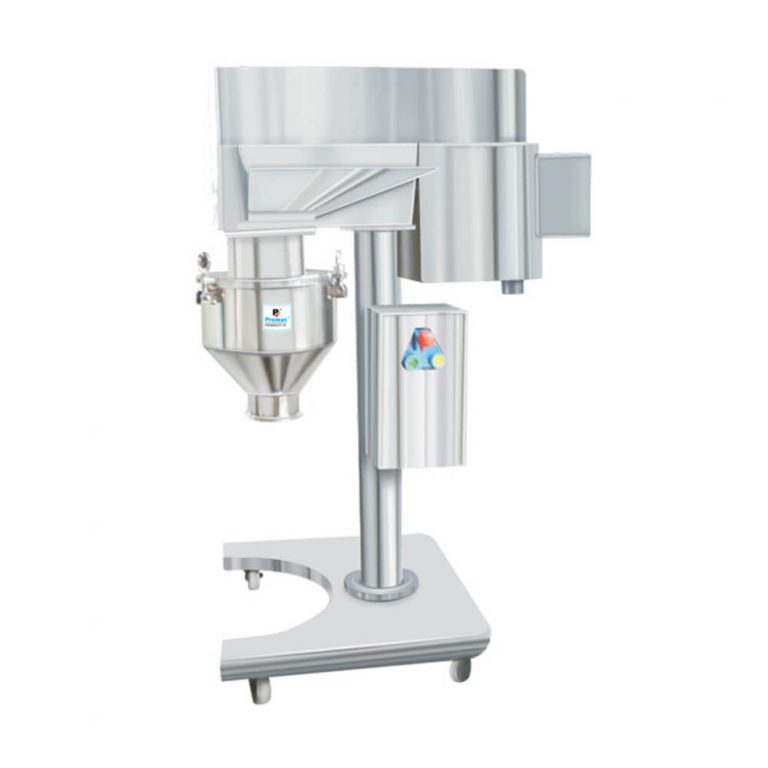Valves are essential components of piping systems for transporting liquids and gases, and they come in a variety of sizes and designs. Their main objective is to secure the control and management of these mediums.
Gate and butterfly valves are two of the most common types of valves. In terms of structure and usage methods, as well as responding to working environments, the two are vastly different. This article will assist users in better understanding the differences between a gate valve and a butterfly valve, allowing them to make better valve selections.
Gate Valves
Gate valves, as the name implies, can split off the medium in the pipeline in the same way that a gate does. It is a valve that we use in both production and real activities. The gate valve’s opening and a closing portion are referred to as the gate, and the gate is used for raising movement. The shutter’s movement is perpendicular to the direction of flow of the medium in the fluid line. The gate valve is a type of cut-off valve that can only be fully open or fully closed and cannot be adjusted inflow.
Butterfly Valves
The butterfly valve, often known as the flap valve, is a type of valve. Its opening and closing part is a disc-shaped disc that is placed on the valve stem and opens and closes by rotating around the stem valve shaft. The butterfly valve’s movement is to spin in place, and it only has to be spun 90 degrees from full opening to full closure. Furthermore, the butterfly valve cannot self-lock. On the valve stem, a turbine reducer must be installed. The butterfly plate has self-locking capabilities, and it may also increase the butterfly valve’s operation performance.
What are the primary differences and considerations when selecting between Butterfly and Gate Valves?
Compared to butterfly valves, gate valves operate better under pressure. Its construction and use can continue without causing any significant pressure changes.
Gate valves are more durable than butterfly valves in terms of durability. Butterfly valves have a higher pressure tolerance than other valves, but their design ensures a faster rate of wear.
In contrast to the gate valve, regardless of whether the valve is open or closed, the seal is always exposed to flow velocity. Parts of the gate valve are visible to flow for extremely short bursts of time after they have been actuated.
In terms of size, butterfly valves are smaller and more compact than other valves. As a result, they are more adaptable than gate valves in terms of application.
Butterfly valves are less expensive than gate valves from a financial standpoint.
Both valves are meant to be used as a flow channel rather than a regulator. Both aren’t meant to be used regularly. The flow is uncontrolled once they’re freed.
We take great pleasure at Promas in avoiding many of the issues that both of these valves have. Our valves not only work flawlessly right out of the box, but they also improve with use. These valves outperform all others in terms of pressure and corrosion resistance, as well as the capacity to control flow. Our valves will not let you down on the manufacturing process.





